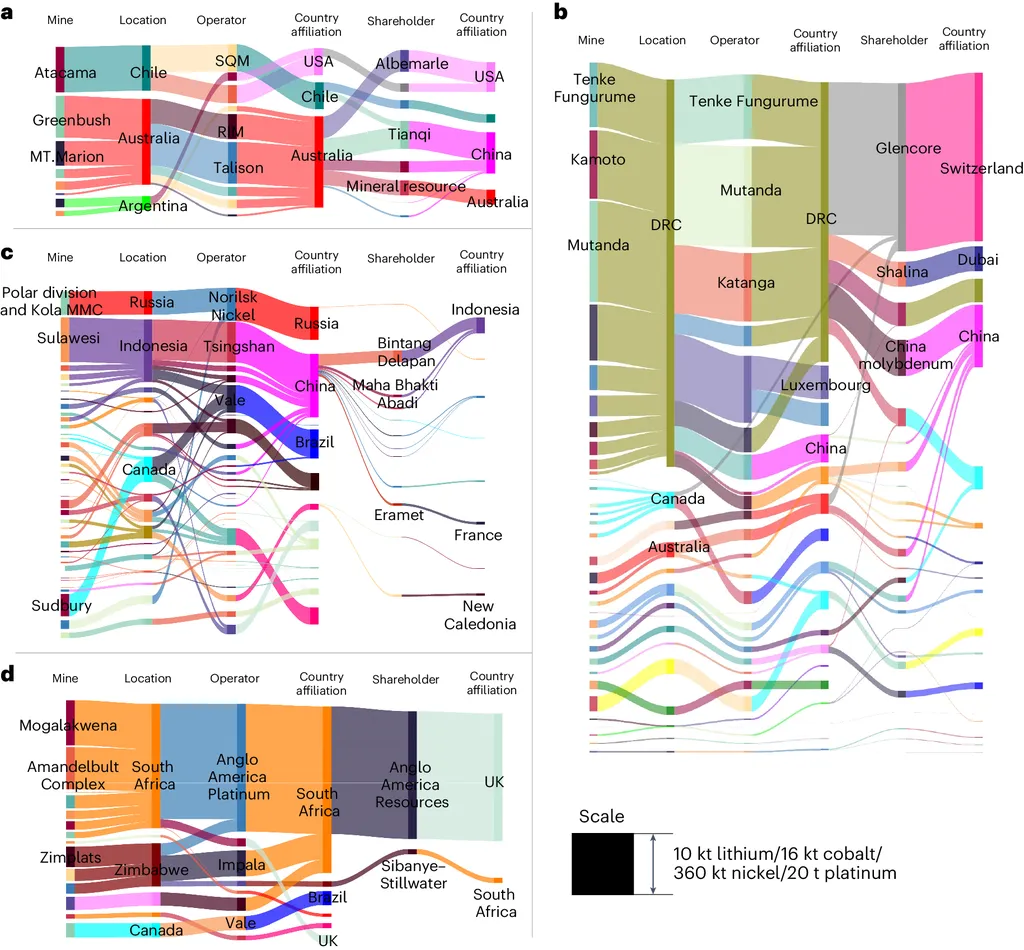In the ever-evolving landscape of materials science, a recent correction to a pivotal study has caught the attention of professionals in the energy sector. The article, titled “Corrigendum to ‘Near Crack Line Elastic-Plastic Field for Mode I Cracks under Plane Stress Condition in Rectangular Coordinates’,” was published in the esteemed journal *Advances in Materials Science and Engineering* (which translates to *Advances in Materials Science and Engineering* in English). While the lead author and their affiliation remain undisclosed, the implications of this correction are far-reaching, particularly for industries that rely on the integrity of materials under stress.
The original study delved into the behavior of materials near crack lines under plane stress conditions, a critical area of research for ensuring the safety and longevity of structures in the energy sector. The recent corrigendum addresses important nuances in the elastic-plastic field, providing a more accurate understanding of how materials behave under stress. This refinement is crucial for industries where the failure of materials can have catastrophic consequences.
“Understanding the near crack line behavior is fundamental to predicting the lifespan and safety of materials used in high-stress environments,” said a spokesperson for the research team. “This correction ensures that our models are as accurate as possible, which is vital for applications in energy infrastructure.”
The energy sector, in particular, stands to benefit from this research. Pipelines, power plants, and other critical infrastructure are subject to immense stress and must withstand extreme conditions. Accurate models of material behavior help engineers design safer, more reliable structures. The corrigendum highlights the importance of precision in scientific research, as even small errors can have significant impacts on real-world applications.
“This correction is a testament to the rigorous standards of scientific research,” said another expert in the field. “It ensures that the data we rely on is accurate, which in turn leads to better engineering practices and safer infrastructure.”
The implications of this research extend beyond immediate corrections. It underscores the need for continuous refinement and validation of scientific models. As the energy sector moves towards more advanced and efficient technologies, the demand for materials that can withstand extreme conditions will only grow. This research provides a foundation for future developments, ensuring that the materials used in critical infrastructure are as reliable as possible.
In conclusion, the corrigendum to this study serves as a reminder of the importance of accuracy in scientific research. For the energy sector, it offers a more precise understanding of material behavior, leading to safer and more efficient infrastructure. As the field continues to evolve, this research will play a crucial role in shaping future developments, ensuring that the materials we rely on are up to the task.

